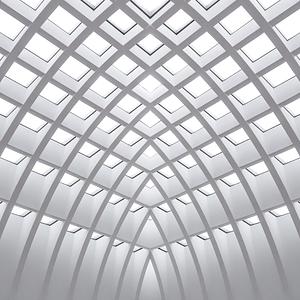-
-
Introduction to this Tutorial
-
Sets and Set Notation
-
Proof of the Infinitude of Primes
-
Boolean Set Operations
-
Vectors and Vector Operations
-
Introduction to Vectors (5:11)
-
Scalar Multiplication (6:41)
-
Vector Addition (4:32)
-
Quiz #4
-
Quiz #4 Solution
-
The Dot Product (6:00)
-
Quiz #5
-
Quiz #5 Solution
-
Geometric Interpretation of the Dot Product (6:39)
-
The Dot Product and Projections (8:26)
-
Quiz #6
-
Quiz #6 Solution
-
The Cross Product, Part I (8:06)
-
The Cross Product, Part 2 (4:05)
-
Quiz #7
-
Quiz #7 Solution
-
-
-
-
Matrix Operations
-
Essential Types of Matrices
-
Vector Spaces
-
Determinants
-
-
-
Diagonalization and Powers
-
Geometric Transformations
-
Differentiation as a Matrix Operation
-
1.4 Boolean Set Operations » Quiz #1 Solution
Question 1: Recall that the union of two sets is the set of elements that appear in either of the two sets, but that each element appears only once in the union. For example, while 2 is in both A and B, it only appears once in . The only element in B that is not in A is 8, so
has all of the elements of A as well as 8.
Question 2: Recall that the intersection of two sets is the set of elements that appear in both of the two sets. The elements that appear in both A and B are {2, 3, 7}.
Question 3: From Question 2, we know that . The union of this set with C adds the values 4 and 5.

